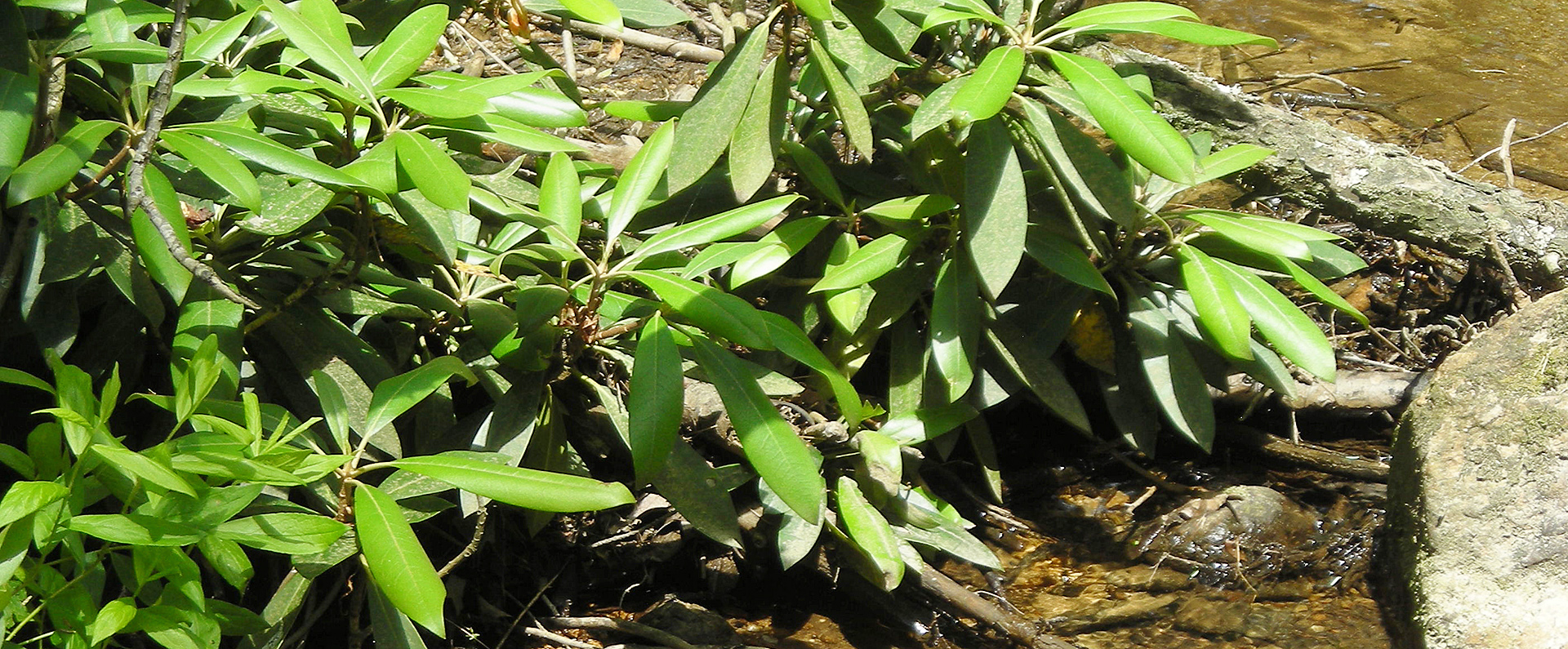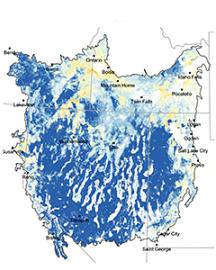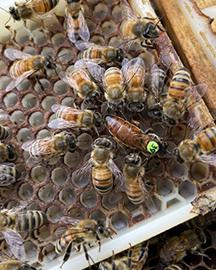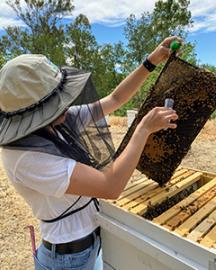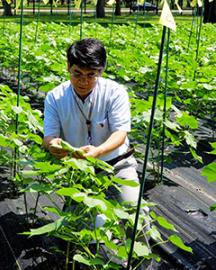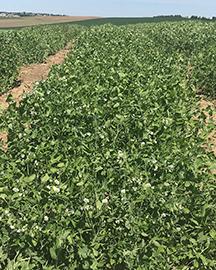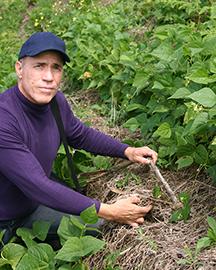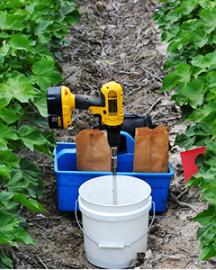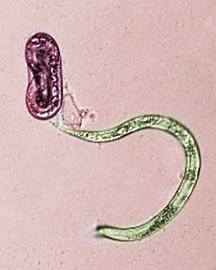Plant Diseases Hide Where They're Least Expected
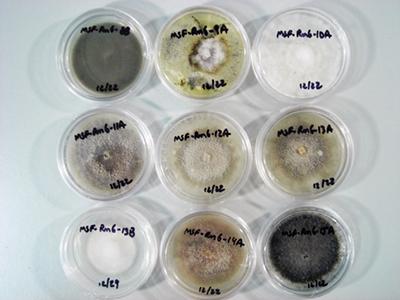
One of the greatest threats to plants is invasive pathogens, disease-causing microbes that come from outside a local ecosystem. To help combat this challenge, researchers at the ARS Foreign Disease Weed Science Research Unit in Fort Detrick, MD, set out to examine how invasive pathogens could travel and spread. Port inspectors and others who protect our nation’s borders already check many plants for known pathogens. However, the researchers suspected that some pathogens slip through because they are hidden in unexpected places, such as in plants that do not show any disease symptoms or visible signs of the pathogen.
To test this idea, researchers isolated microbes from rhododendron plants growing in native stands that looked healthy. Using DNA sequencing methods to identify the microbes, the researchers discovered that several microbes recovered from the native rhododendron plants are known pathogens of other plants. These results confirmed that pathogens can evade detection by living as “endophytes” in plants that show no disease symptoms. In making this discovery, the researchers highlighted a major gap in current plant protection policies, and a potential opportunity for improving those policies.
Related Information
Research Project: Biology, Epidemiology, and Detection of Emerging Plant Pathogenic Oomycetes


